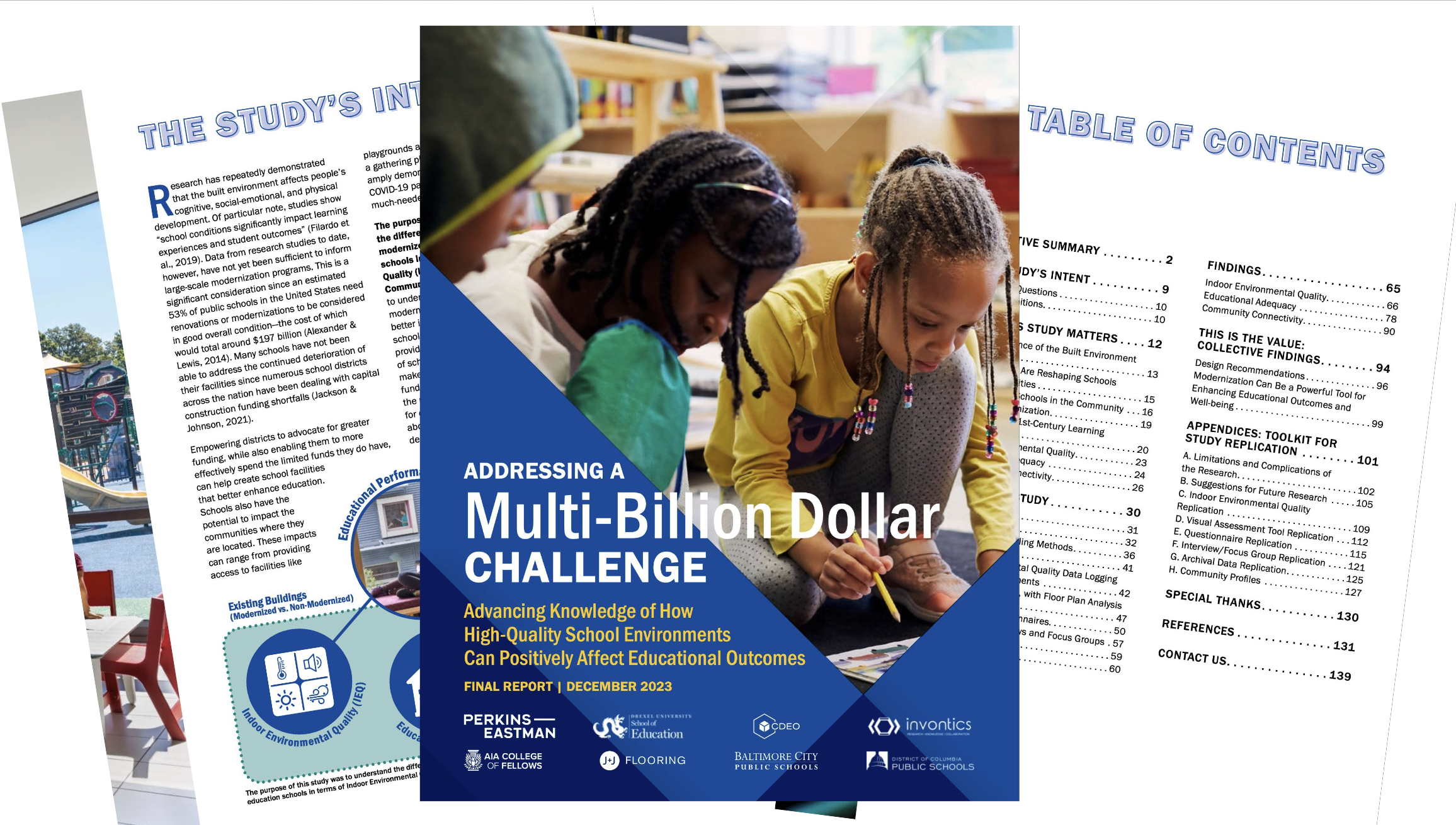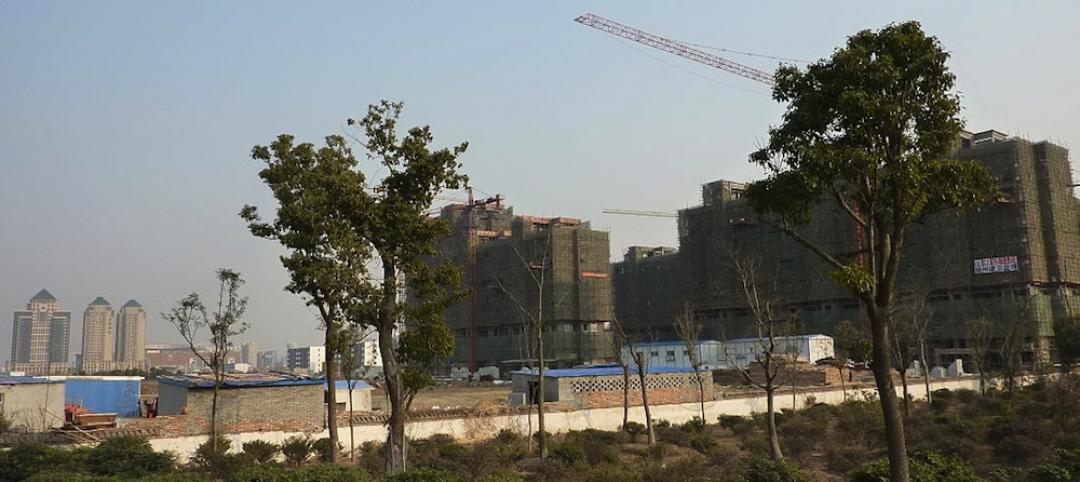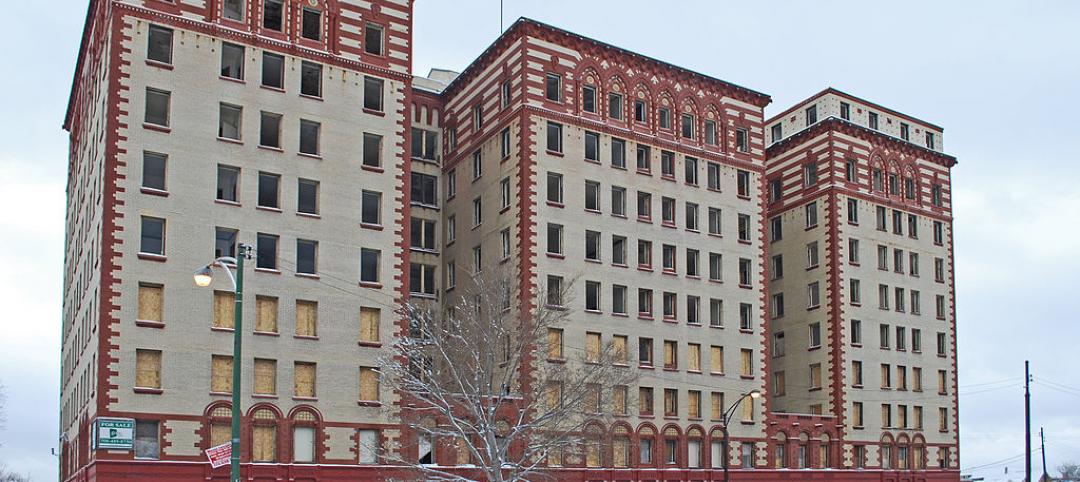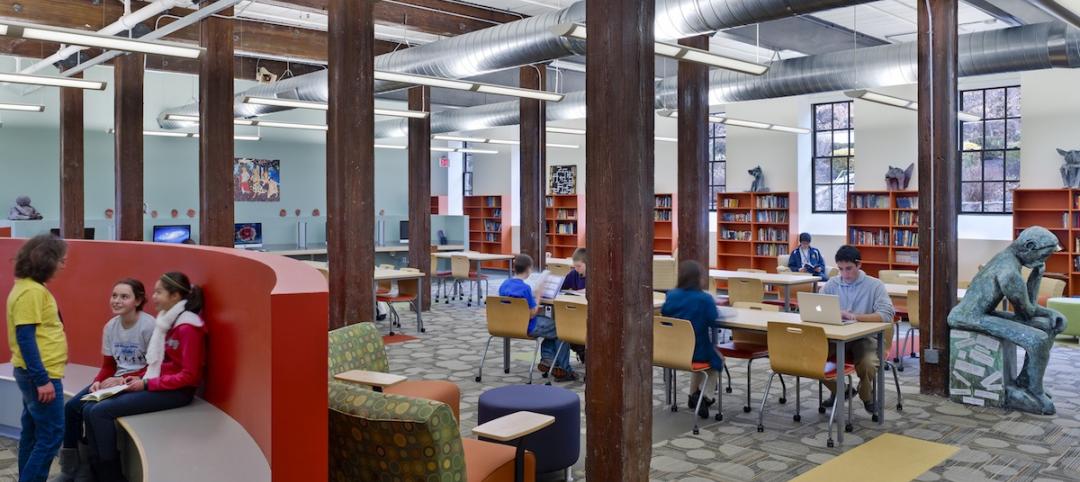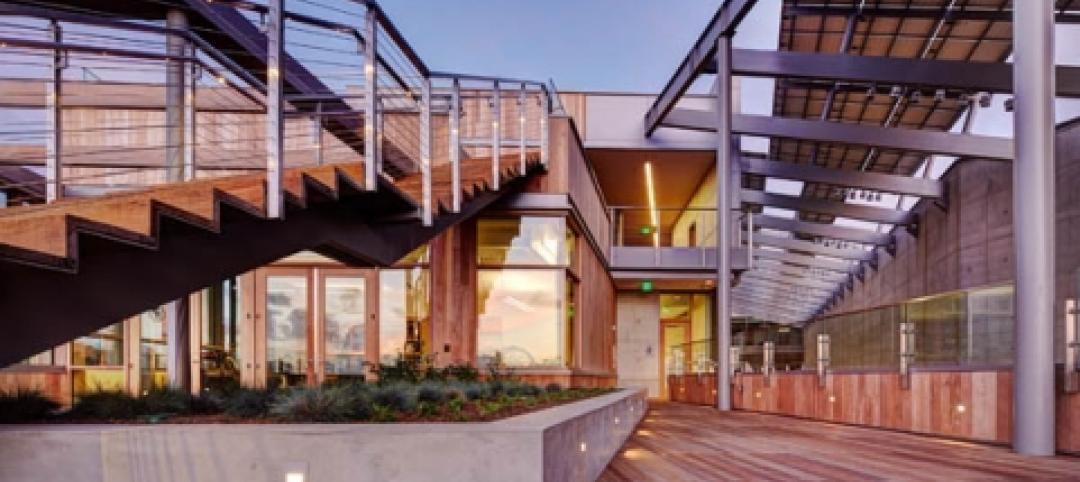The built environment matters. School districts that spend tax dollars to improve their schools can get much more than a new or renovated building. A new study suggests statistically significant connections between school modernization and occupants’ well-being and satisfaction; and that the modernization process enhances community engagement and connectivity. Evidence also indicates that school modernization has a significant positive impact on key educational indicators, including test scores, graduation rates, and enrollment over time.
Conducted by the Drexel University School of Education in conjunction with global design firm Perkins Eastman, the 140-page “Addressing a Multi-Billion Dollar Challenge” study (free download) evaluated more than two dozen schools—both modernized and non-modernized—across the District of Columbia and Baltimore City school districts. With tools to measure indoor environmental quality, assessments of design, layout, and ambiance of each building’s interior and exterior, surveys for the people who use the schools, and interviews with community members, the research team concluded that modernized schools outperformed non-modernized schools to the significant benefit of students, teachers, and staff in almost every category. (Download the free PDF report.)
This study was performed against a backdrop of alarming disinvestment in the US public schools that educate more than 49.4 million children across the country, and the average age of a public school in the US is 49 years, according to the National Center for Education Statistics. Furthermore, the annual shortfall in maintenance and improvements for those buildings is $85 billion, according to a 2021 report titled The State of Our Schools.
“Tackling the nation’s inadequate school facilities is a critical step toward supporting equitable education and community resilience,” says Sean O’Donnell, FAIA, LEED AP, principal of Perkins Eastman and co-principal investigator of the study. “Our research [suggests] that modernized schools can make a marked difference in terms of educating our children, enhancing the lives of teachers and administrators, and better engaging with the surrounding communities.” The assessed condition of a school building using these measures, O’Donnell says, “sends a message to everyone about how we value students, families, and our communities, and what our collective hopes for the future are. Modernized schools look toward a better future for all.”
Making the case for K-12 school modernization funding
Identifying the potential benefits of school modernization that will help jurisdictions build a stronger case for the importance and funding of school modernization was the goal of this study. The study’s report also provides design guidelines for how best to spend modernization dollars, as well as tools and guidance for designers and school districts who might benefit by replicating the study’s methods. The researchers found the greatest opportunities for improvement as schools plan for upgrades should focus on instructional space ambiance, exterior presence, safety and security, community assembly space, and main office location. Data revealed that school modernization made a significant impact across multiple indoor environmental quality factors—such as air quality, lighting, acoustics, and thermal comfort—which can all impact students’ ability to focus and learn.
The multi-disciplinary research team for this study investigated the differences between 28 modernized and non-modernized elementary, middle, and high schools. Students showed enhanced academic performance in the updated schools. Modernized schools also hold the potential to enhance community health and wellness while helping to anchor their communities through, among other things, providing health clinics, food distribution, and publicly accessible recreational facilities.
In 2019, the American Institute of Architects College of Fellows awarded Perkins Eastman and the Drexel University School of Education the 10th biannual Latrobe Prize, a $100,000 grant to pursue projects that can demonstrate “direct and practical impact” on people and the architecture industry. J+J Flooring provided an additional grant of $30,000. The team researched Indoor Environmental Quality (IEQ), including thermal comfort, air quality, acoustics, and lighting. Additionally, they studied Educational Adequacy (EA), which considered how well a school’s spaces and design features supported learning and teaching within that environment. Additionally, Community Connectivity (CC), evaluated how a school’s spaces and design features supported stakeholders’ perceptions about, use of, and engagement with the school. The researchers determined that, in multiple categories, modernized schools offered greater IEQ and EA than non-modernized schools, while CC had mixed though favorable results.
Bruce Levine JD, clinical professor and director of the Educational Policy Program at the Drexel University School of Education and co-principal investigator of this study, says, “The future of America’s students and their families demands that we act now to improve the academic settings where we strive to educate our young people. Investing in modernizing our schools can and will make a difference not only in the experiences of students and educators but in the ripple effects for society, our economy, and national interests.”
Related Stories
| Mar 26, 2014
Callison launches sustainable design tool with 84 proven strategies
Hybrid ventilation, nighttime cooling, and fuel cell technology are among the dozens of sustainable design techniques profiled by Callison on its new website, Matrix.Callison.com.
| Mar 20, 2014
Common EIFS failures, and how to prevent them
Poor workmanship, impact damage, building movement, and incompatible or unsound substrate are among the major culprits of EIFS problems.
| Mar 19, 2014
Frames: the biggest value engineering tip
In every aspect of a metal building, you can tweak the cost by adjusting the finish, panel thickness, and panel profile. These changes might make a few percentage points difference in the cost. Change the framing and you have the opportunity to affect 10-20 percent savings to the metal building portion of the project.
| Mar 17, 2014
Rem Koolhaas explains China's plans for its 'ghost cities'
China's goal, according to Koolhaas, is to de-incentivize migration into already overcrowded cities.
| Mar 12, 2014
14 new ideas for doors and door hardware
From a high-tech classroom lockdown system to an impact-resistant wide-stile door line, BD+C editors present a collection of door and door hardware innovations.
| Mar 7, 2014
Thom Mayne's high-tech Emerson College LA campus opens in Hollywood [slideshow]
The $85 million, 10-story vertical campus takes the shape of a massive, shimmering aircraft hangar, housing a sculptural, glass-and-aluminum base building.
| Mar 7, 2014
Chicago's 7 most threatened buildings: Guyon Hotel, Jeffrey Theater make the list
The 2014 edition of Preservation Chicago's annual Chicago's 7 list includes an L station house, public school, theater, manufacturing district, power house, and hotel.
| Mar 4, 2014
If there’s no ‘STEM crisis,’ why build more STEM schools?
Before you get your shorts in a knot, I have nothing against science, technology, engineering, or even mathematics; to the contrary, I love all four “STEM” disciplines (I’m lying about the math). But I question whether we need to be building K-12 schools that overly emphasize or are totally devoted to STEM.
| Feb 26, 2014
Adaptive reuse project brings school into historic paper mill
The project features nontraditional classrooms for collaborative learning, an arts and music wing, and a technologically sophisticated global resource center.
| Feb 24, 2014
First look: UC San Diego opens net-zero biological research lab
The facility is intended to be "the most sustainable laboratory in the world," and incorporates natural ventilation, passive cooling, high-efficiency plumbing, and sustainably harvested wood.


